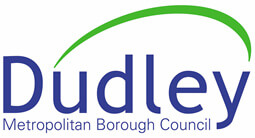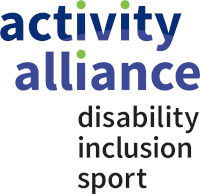Implications
There is a clear need to develop a stronger economic argument for physical activity. This report details exactly how sport and physical activity adds value - from the prevention of 900,000 cases of diabetes and 30 million fewer GP visits due to improved health, as well as helping to deliver stronger and safer communities with fewer crime incidents, and the 285,000 jobs that community sport supports.
Summary of Findings
A study by the Sport Industry Research Centre at Sheffield Hallam University shows how investment in physical activity generates a return across health and social care – and also helps build stronger communities.
Sport England’s aim with this piece of work that they commissioned was to assess the evidence base with a view to demonstrating the contribution of community sport and physical activity to the 5 Government outcomes. Building on this foundation and other previous work.
There are two complementary parts to the research. Part one measures the social impact including physical and mental health) of sport and physical activity while part two measures the economic importance. The research revealed that the combined social and economic value of taking part (participating and volunteering) in community sport and physical activity in England in 2017/18 was £85.5bn. When measured against the £21.85 billion costs of engagement and providing sport and physical activity opportunities, for every £1 spent on community sport and physical activity, a return on investment (ROI) of £3.91 was created for individuals and society in 2017/18.
Author
Sheffield Hallam University
Research Area
Economy; Tackling Inactivity
Title
Social and economic value of community sport and physical activity in England
.png)













